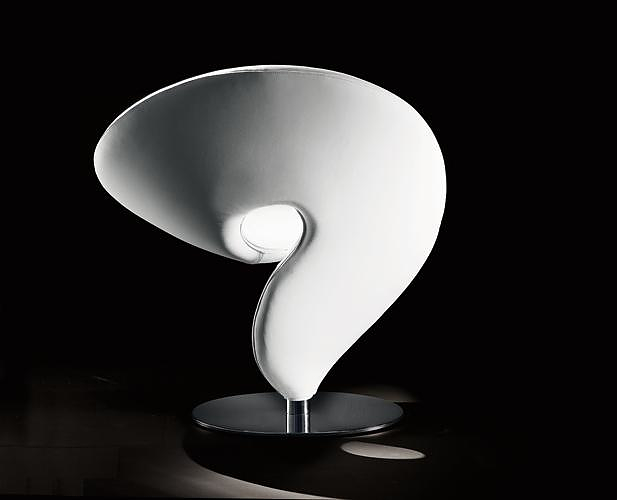Where is Formula 1 in Austria?
Where is Formula 1 in Austria?
Spielberg
| 2021 Austrian Grand Prix |
|---|
| Official name | Formula 1 BWT Großer Preis von Österreich 2021 |
| Location | Red Bull Ring Spielberg, Styria, Austria |
| Course | Permanent racing facility |
| Course length | 4.318 km (2.683 mi) |
How many F1 tracks are in Austria?
The Austrian Grand Prix has been held at
two different locations in southeastern Austria, being originally held in Zeltweg, about 70 km (43 mi) west of Graz. Since 1969 the Austrian Grand Prix has taken place in neighbouring Spielberg, with the two venues being within approximately 4 km (2.5 mi) of each other.
Why is there another Austrian Grand Prix?
Impact of the COVID-19 pandemic Organisers of the race signed a contract to host a second round at the circuit on 12 July which was known as the Styrian Grand Prix.
Is F1 racing in Austria twice?
The Red Bull Ring will now
host two races in 2021, just as it did in 2020. One week after the French Grand Prix, Formula 1 will head to Red Bull Ring for the Styrian Grand Prix on June 27. It will be followed one week later by the Austrian Grand Prix, which will go ahead on its original scheduled date.
How long does an F1 race last?
The time it takes to finish the race is usually
around 90 minutes and can be no longer than two hours, for driver safety reasons.
What is the 4th podium in F1?
Most Podiums
| Pos | Driver | Podiums |
|---|
| 3 | Sebastian Vettel | 122 |
| 4 | Alain Prost | 106 |
| 5 | Kimi Räikkönen | 103 |
| 6 | Fernando Alonso | 97 |
Are there 2 Red Bull rings?
On J, Formula 1 confirmed the
Red Bull Ring would hold back to back races on 5 and 12 July to start the 2020 season, with the second race styled as a one-off Styrian Grand Prix. ... The first of the two was titled as the Styrian Grand Prix, with the second being called the Austrian Grand Prix.
Why are there 2 races at the Red Bull Ring?
In the 2021 Formula One season, the Red Bull Ring hosted two races again
due to the Canadian Grand Prix being cancelled and the Turkish Grand Prix being postponed because of the COVID-19 pandemic. The first of the two was titled as the Styrian Grand Prix, with the second being called the Austrian Grand Prix.
Why is Styrian grand prix not Austrian?
Impact of the
COVID-19 pandemic Several Grands Prix were cancelled or postponed after the planned opening round in Australia was called off two days before the race was due to take place, prompting the FIA to draft a new calendar. ... The race was named for Styria, the state of Austria that the Red Bull Ring is located in.
Why are there 2 races in Austria F1?
Because each
event on the F1 calendar must have a unique name, both races at the Red Bull Ring could not have been dubbed the Austrian Grand Prix. As a result, the sport chose to name the second race at the site after the region in which the track is located, namely Styria.
Why is Styrian not Austrian?
Impact of the
COVID-19 pandemic Several Grands Prix were cancelled or postponed after the planned opening round in Australia was called off two days before the race was due to take place, prompting the FIA to draft a new calendar. ... The race was named for Styria, the state of Austria that the Red Bull Ring is located in.
Why are there 2 drivers per F1 team?
Formula One has always been a team game. ... They represent the teams for their fans and their battles are cheered on the track. Every team needs to have two drivers and both the drivers are
supported by their teams to win races and titles.
What country is Red Bull F1 from?
United Kingdom
Red Bull Racing/Luogo di fondazione
Does Red Bull own the Red Bull Ring?
In 2004, billionaire Red Bull owner
Dietrich Mateschitz purchased what was then known as the A1-Ring, which had hosted the last Austrian Grand Prix the year before. That same year, he bought the Jaguar F1 team and renamed it Red Bull Racing. The circuit was also renamed, predictably, as the Red Bull Ring.
Is Circuit Gilles Villeneuve a street circuit?
Something of a
hybrid street circuit/natural road course, Circuit Gilles-Villeneuve consists of a unique blend of high speed curves and tight chicanes, together with a long straightaway preceded by the tight L'Epingle hairpin.
